
NASA’s Cassini spacecraft has just successfully completed its tenth ring crossing at Saturn, on June 23, which brings it almost halfway through the Grand Finale – the last phase of the mission, which will end on Sept. 15, 2017. This leaves twelve more ring crosses to go before the end of the mission. There may not be a lot of time left for Cassini, but these last close flybys of Saturn are providing views and data never before possible – a crowning achievement for a mission which has already completely changed our understanding of the giant ringed planet and its moons.
During each ring crossing, the spacecraft “dives” through Saturn’s rings, or more specifically, the gap between the innermost rings and the planet itself. This is something which has never been done before, an incredible accomplishment so far for Cassini. Unfortunately it also signals the upcoming end of the long mission; there are now only twelve more such ring crossings to go before Cassini takes the ultimate swan dive into Saturn itself.
Of course, Cassini has sent back many images taken during the ring crossings, and they are spectacular. From this vantage point and close proximity to the rings, incredible detail can be seen in the structure of the rings, looking like the very fine etchings/grooves in a vinyl record. You can almost see individual ring particles, larger ones like big boulders, but most are still much too small to be resolved, being the size of sand grains or dust.
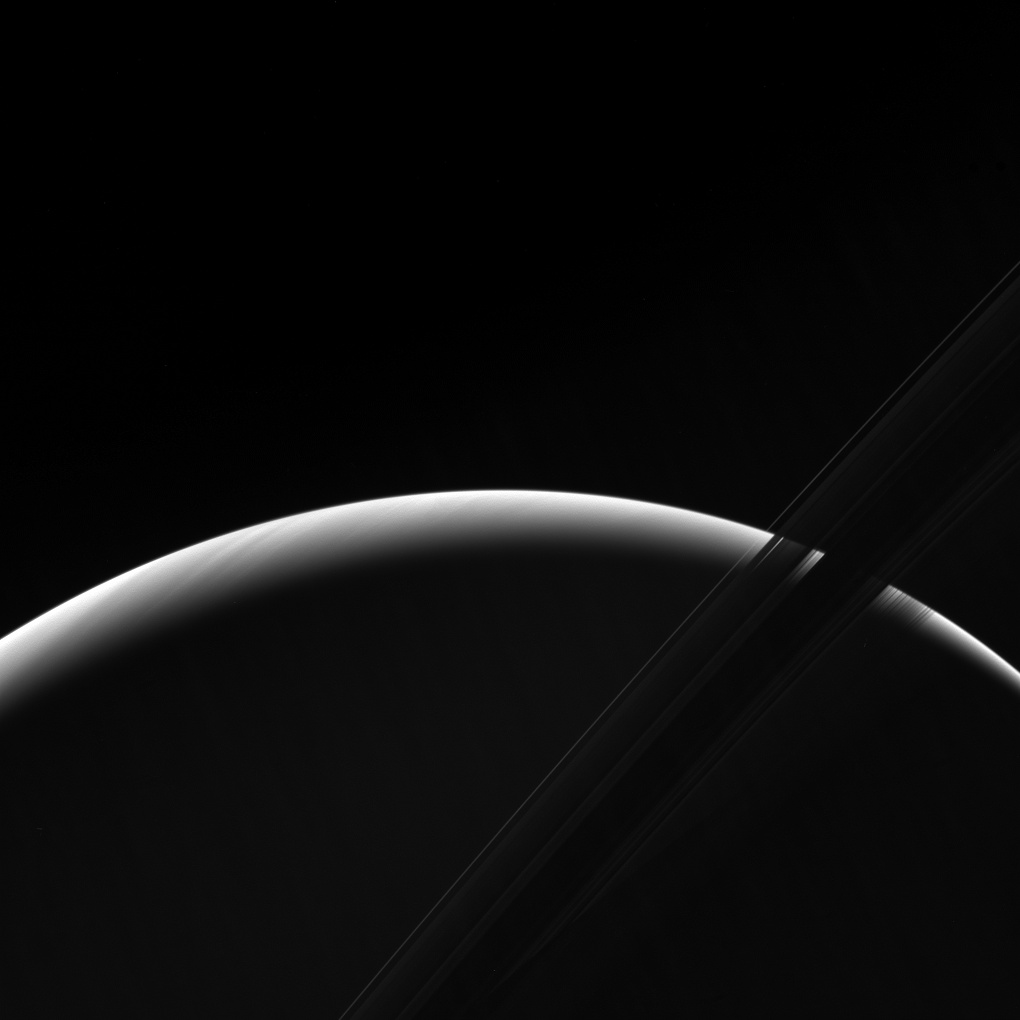
Each ring crossing is a little different, with Cassini using its various instruments to study both the rings and the planet up close. The primary objectives for this particular ring crossing include:
- During this orbit, Cassini’s Composite Infrared Spectrometer (CIRS) observes Saturn’s moon Dione to better understand the moon’s temperatures and to study the composition and structure of the moon’s surface material.
- Cassini’s Radio Science Subsystem (RSS) performs another occultation of Saturn’s ring system and runs a gravity experiment to study Saturn’s gravitational field in detail. The experiment seeks to measure how spherical Saturn’s gravity field is. Deviations from a spherical shape reveal how the density within Saturn varies with depth and how surface winds influence lower atmospheric depths. In addition, Cassini simultaneously feels the gravitational pull of the rings (the B-Ring, in particular). Scientists should be able to determine the rings’ mass very accurately from the data collected on this pass. The rings’ mass helps scientists determine the age of the ring system.
- During the radio experiments, Cassini’s Cosmic Dust Analyzer (CDA) scoops up and analyzes small ring particles to help determine the age of Saturn’s rings. Interplanetary meteoroids bombard Saturn’s main rings, depositing silicates, organics, and metals in the ring particles. The more of those contaminants the CDA finds, the older Saturn’s rings probably are.
- The CIRS instrument also observes Saturn’s A ring to compare properties of ice in the rings and on Saturn’s icy moons.
- During this orbit, Cassini gets within 2,110 miles (3,390 kilometers) of Saturn’s 1-bar level. Cassini also passes within 2,680 miles (4,320 kilometers) of the inner edge of Saturn’s D ring.
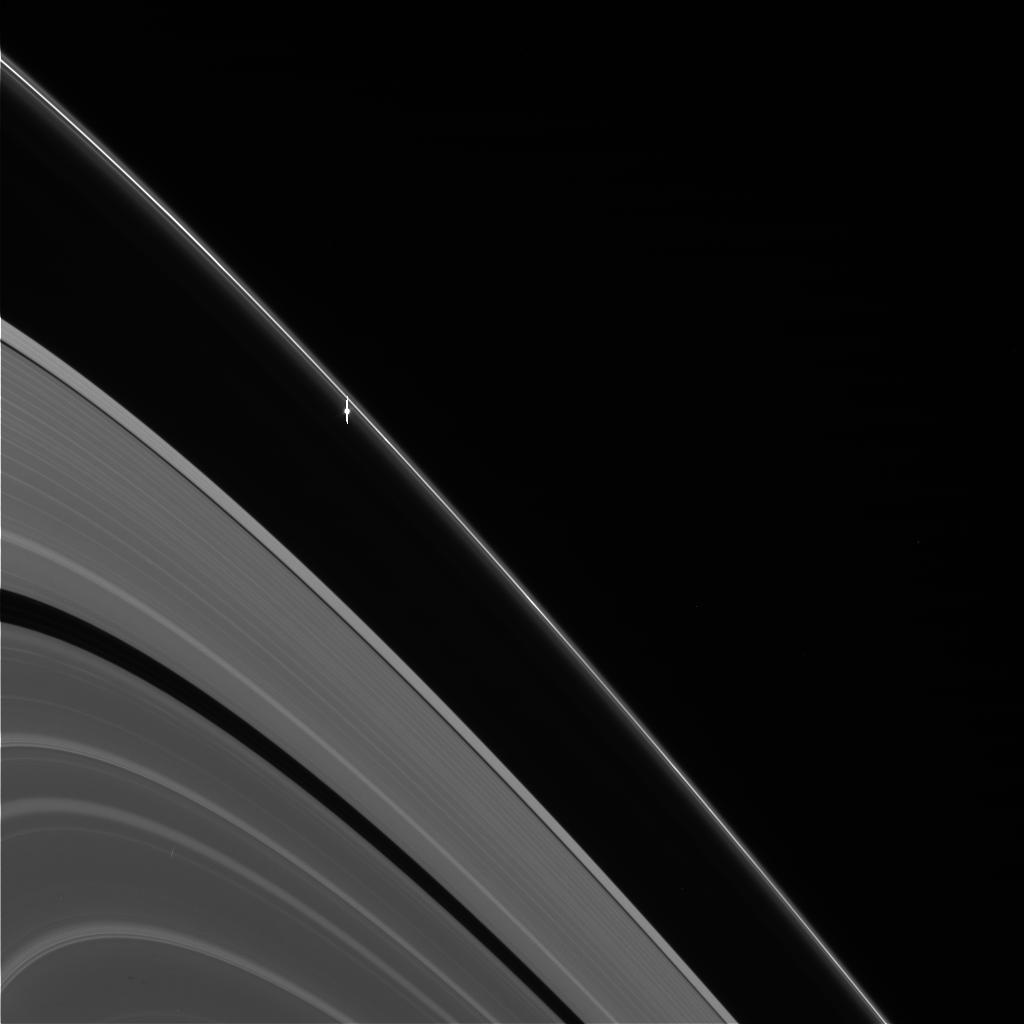
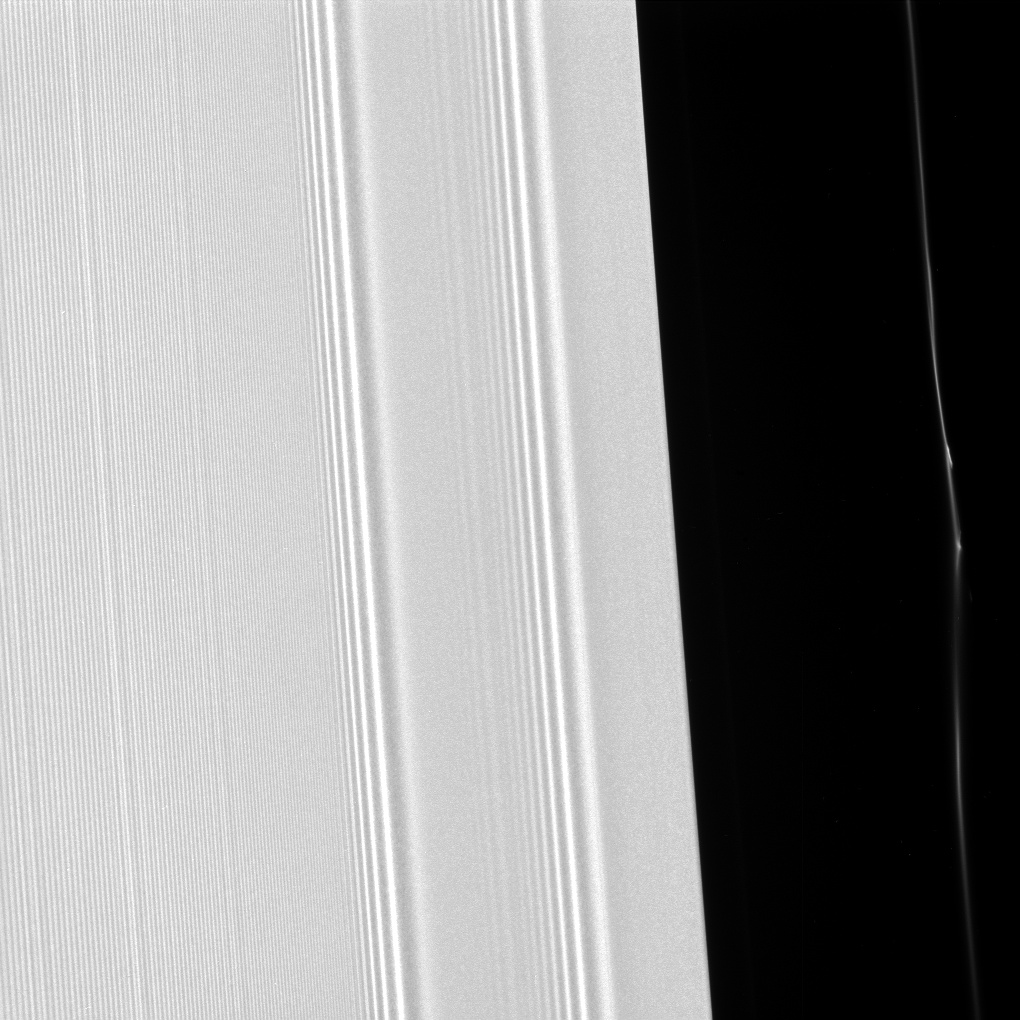
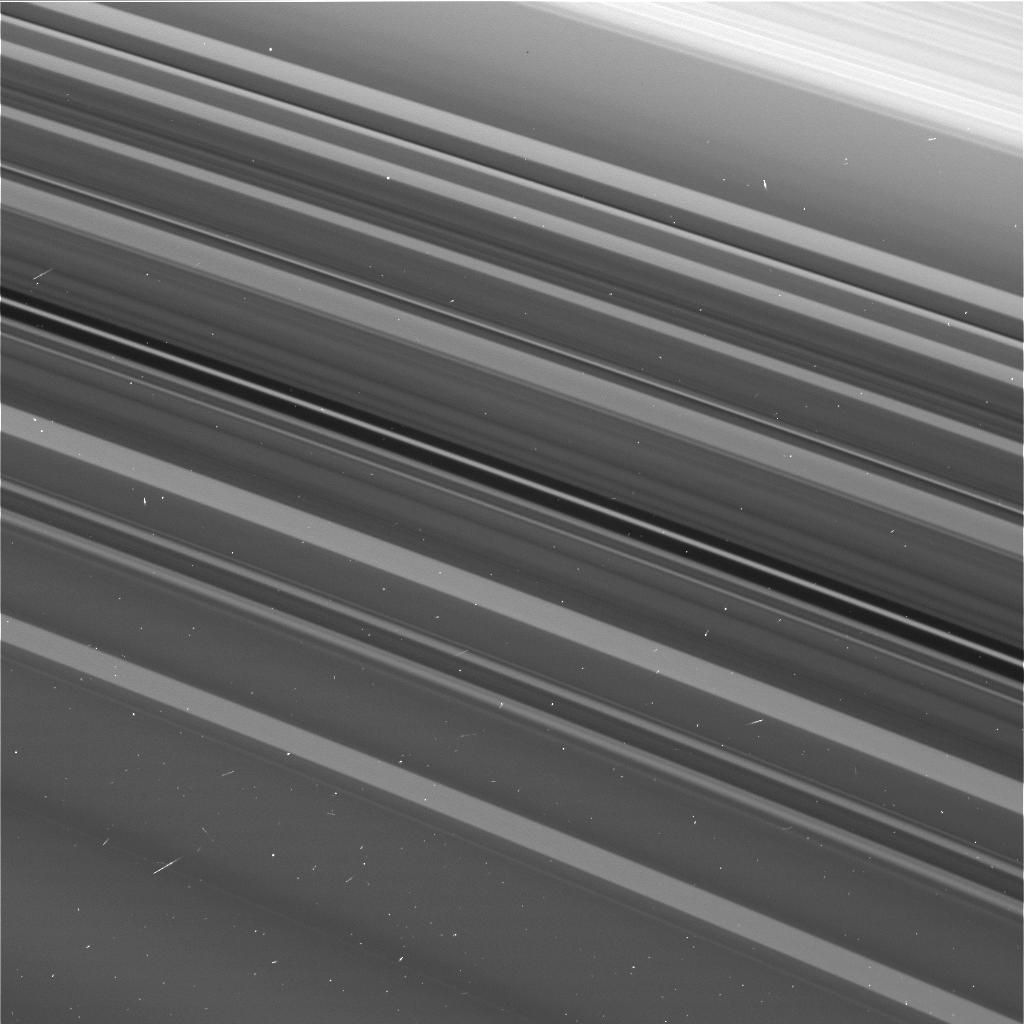

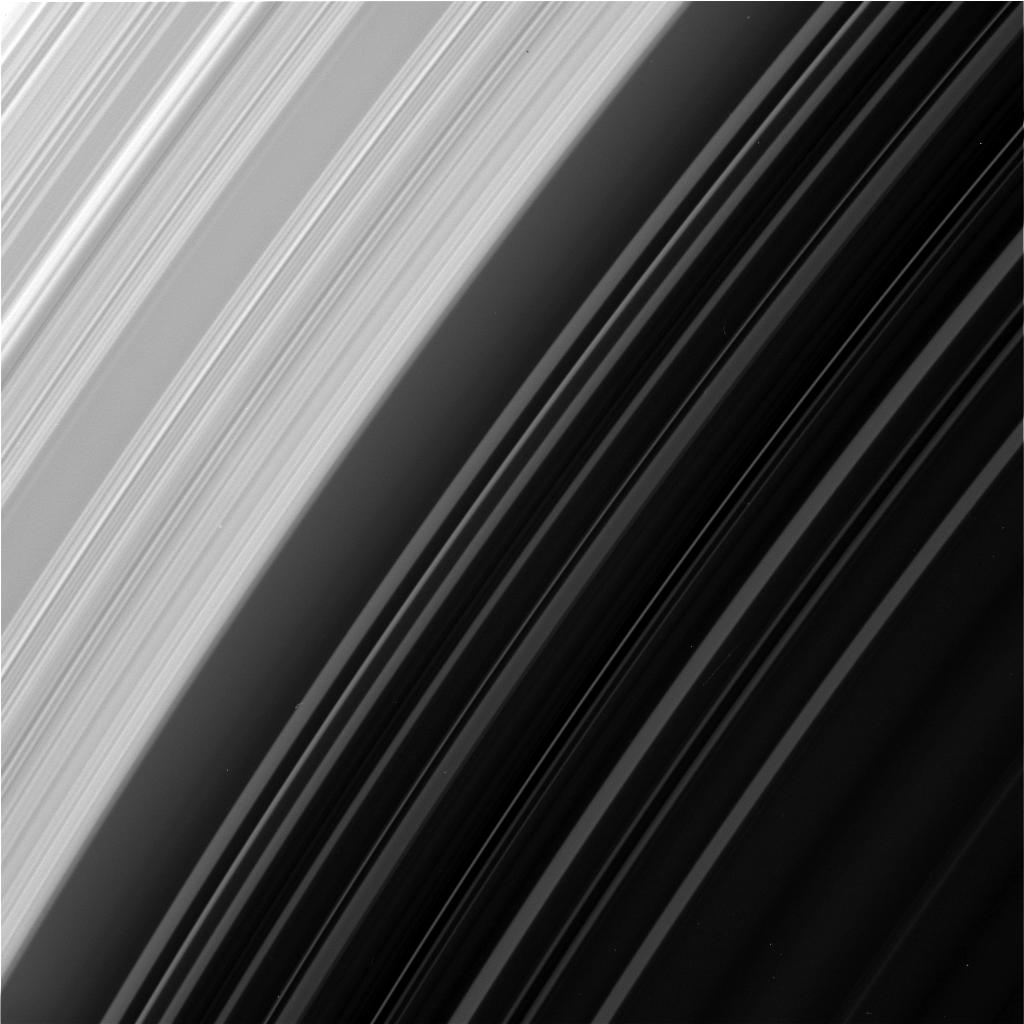
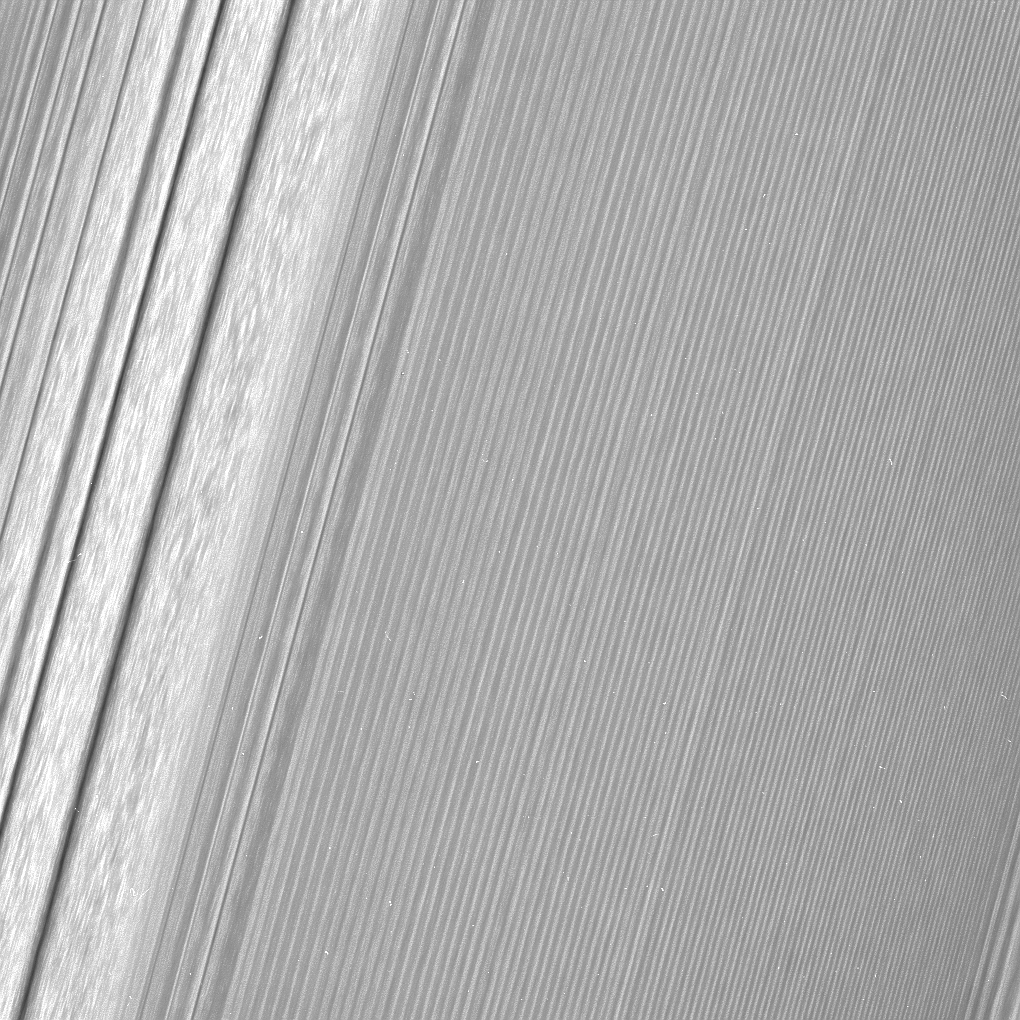
One of the recent images shows both the F ring and A ring, with “waves” in the A ring and “kinks” in the A ring. Such features have been seen before of course, but the newest images provide more detail. The waves are caused by the gravitational influence of tiny moons which orbit just beyond the rings. Kinks and clumps in the narrow F ring are caused by interactions between ring particles and the moon Prometheus, which orbits just inside the ring.
Cassini has also just taken some new images of the heavily cratered moon Dione. In the previous Cassini update on AmericaSpace, it was mentioned that NASA posted a summary “tour” of Saturn’s many moons. Saturn has at least 62 known moons, ranging from tiny asteroid-like rocks to the largest moon in the Solar System, Titan. They are some of the most bizarre moons in the Solar System, with huge geysers of water vapor on Enceladus (originating from a subsurface ocean) to seas, lakes, rivers and rain of liquid methane/ethane on Titan.
Cassini used Titan’s gravity to help move it into the ring crossing orbits. These 22 orbits started last spring and collectively are known as the Grand Finale phase of the mission. After the last orbit, that will be it – the mission, which began in 2004, will be over. Cassini will plunge into the depths of Saturn’s thick atmosphere, never to see space again. Yes, it will be a sad occasion, but Cassini has provided enormous amounts of information about Saturn and its moons which will be analyzed and marveled at for many years to come.
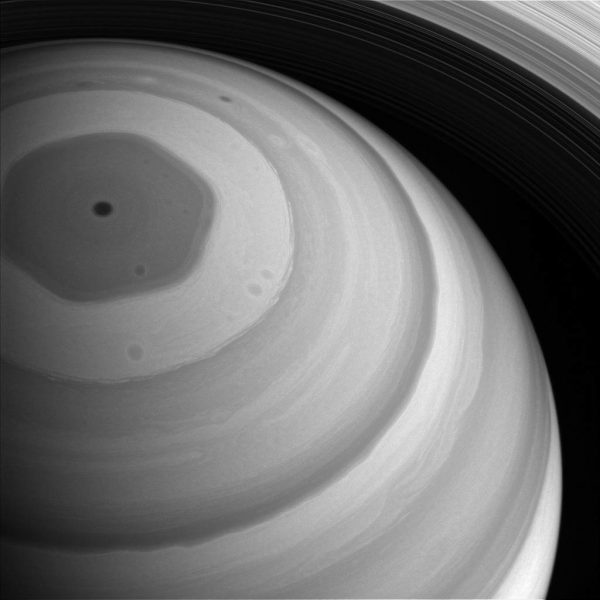
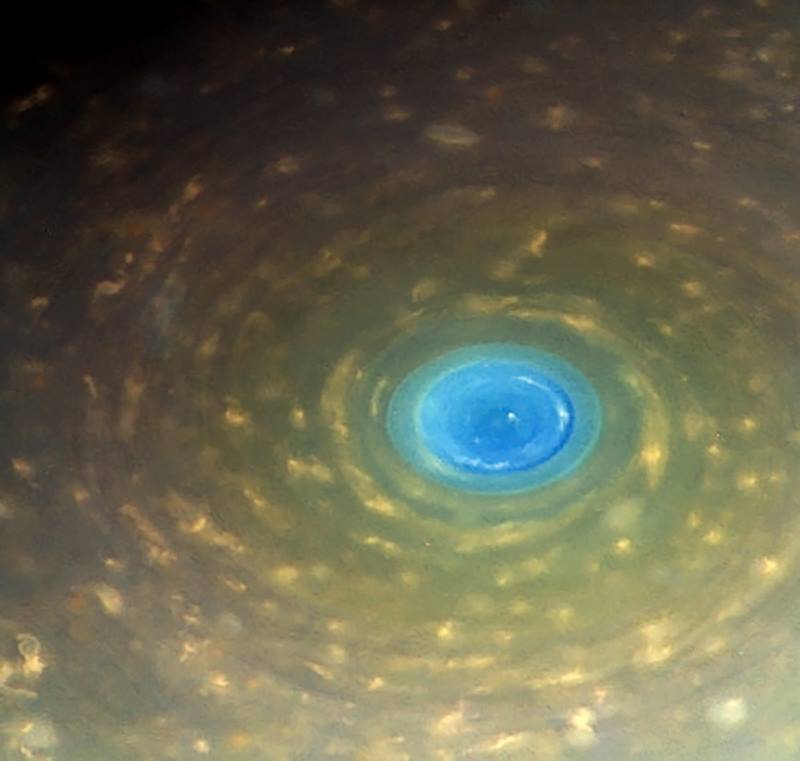
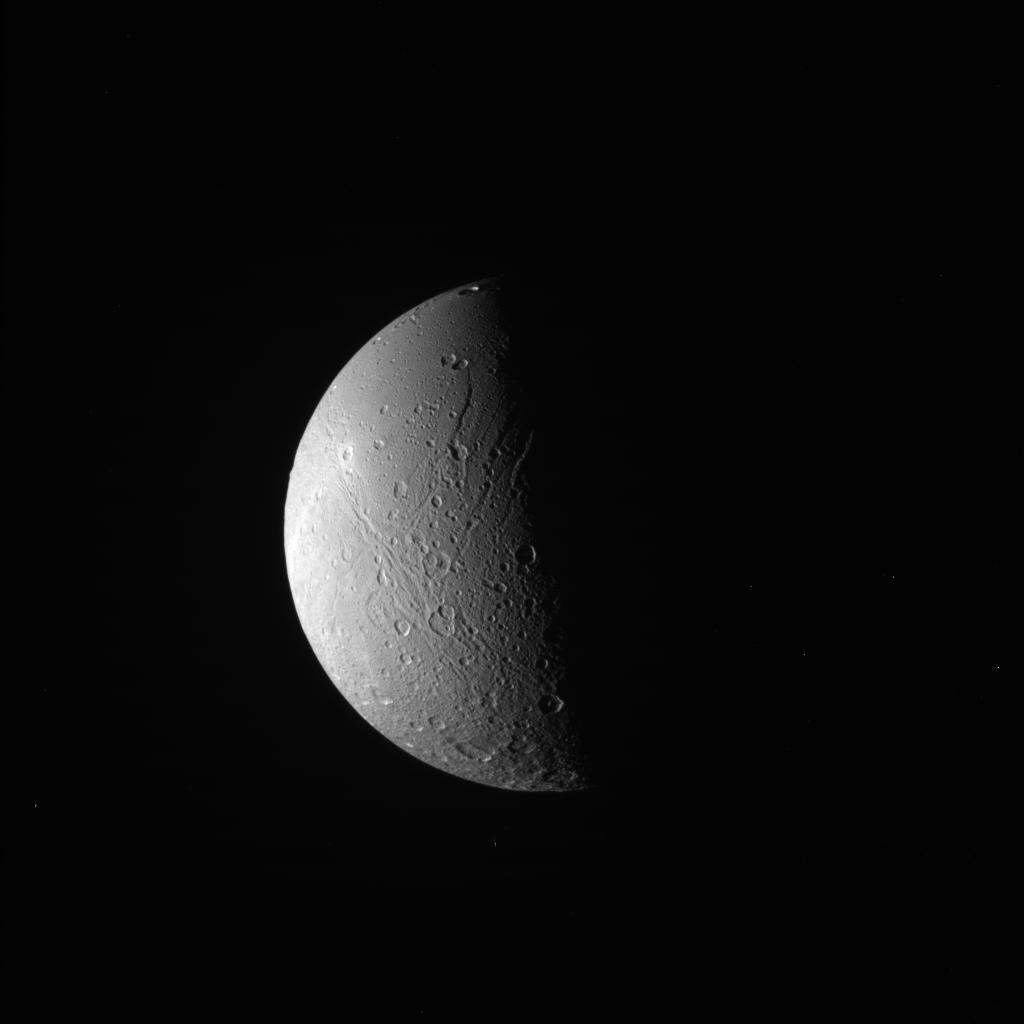
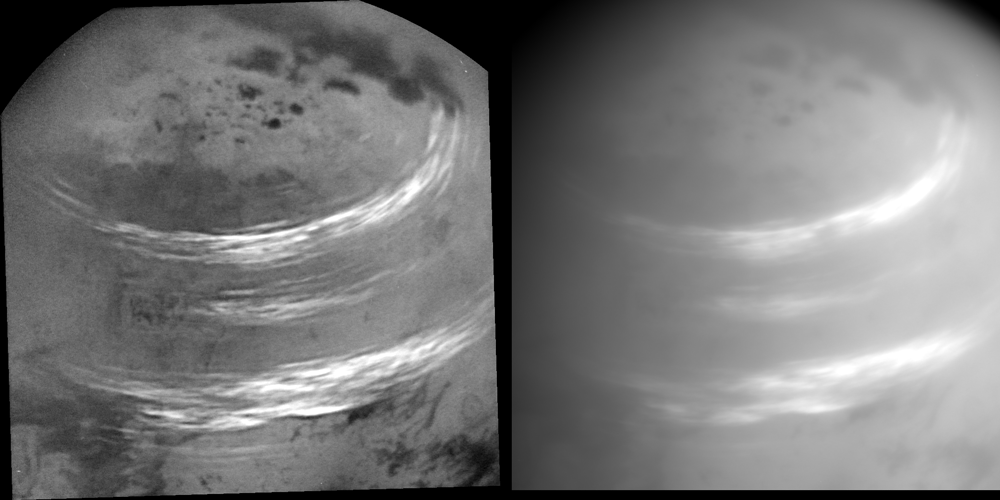
There will also be a “Grand Finale Social” at NASA’s Jet Propulsion Laboratory in Pasadena, California, from Sept. 14-15, 2017. Up to 25 lucky participants will be taken on a tour of the facility to help celebrate the mission, and social media users can also apply for access. The tour will include a visit to mission control and the Spacecraft Assembly Facility, meeting Cassini mission scientists and engineers and being able to witness live the final moments of the mission. Applications are being taken until June 29.
The next ring crossing, number 11, will be on June 29. At that point, Cassini will be halfway through the Grand Finale. So far, Cassini has come through these close passes to the rings unscathed, and hopefully that will be the case for the remaining ring crossings. Ultimately however, the spacecraft will have to meet its fate on Sept. 15. Until then, Cassini will be squeezing out every bit of science it can during these last few months, which only help to further our understanding of these complex and beautiful worlds.
“Cassini has brought Saturn and its family of moons into our neighborhood, making them as familiar as your own backyard,” said Linda Spilker, Cassini project scientist. “With Cassini’s final heartbeat, our close personal connection to the Saturn system will be gone, but so much more remains to be discovered. We must go back!”
More information about the Grand Finale phase of the mission is here. All of Cassini’s raw images can be seen here on the mission website, and more information about the Cassini mission itself is available here.
Be sure to “LIKE” AmericaSpace on Facebook and follow us on Instagram & Twitter!
SaveSave




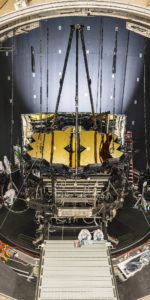
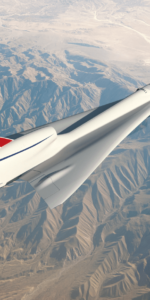
I’ve said it before. If there is an “Interplanetary Spacecraft Hall of Fame,” Cassini gets my vote as #1.
I agree, it drives rings around all the other missions.